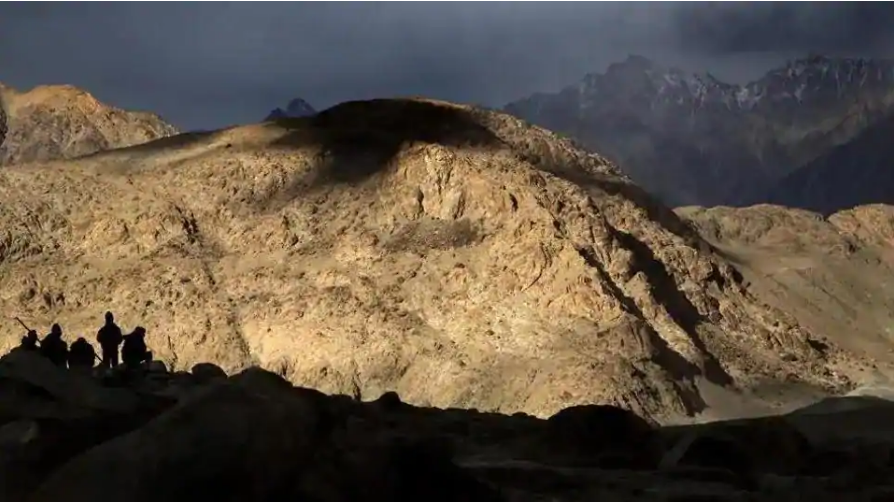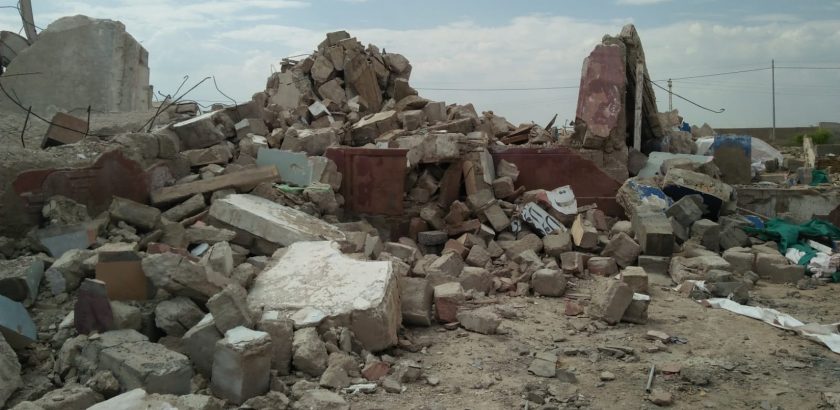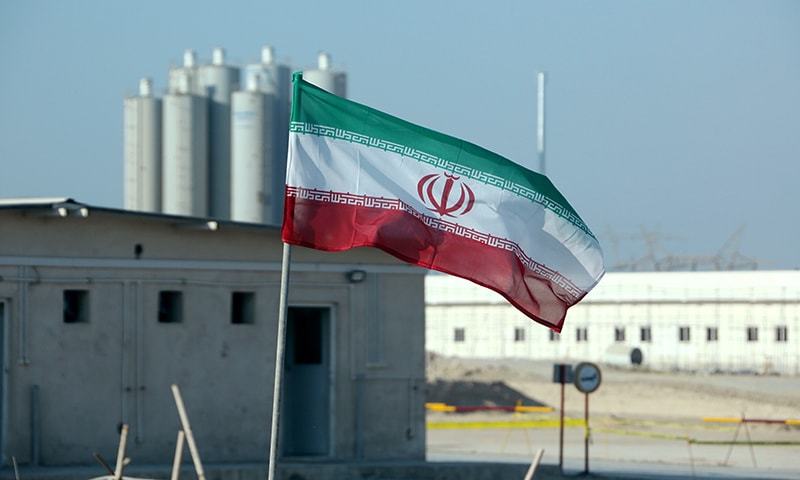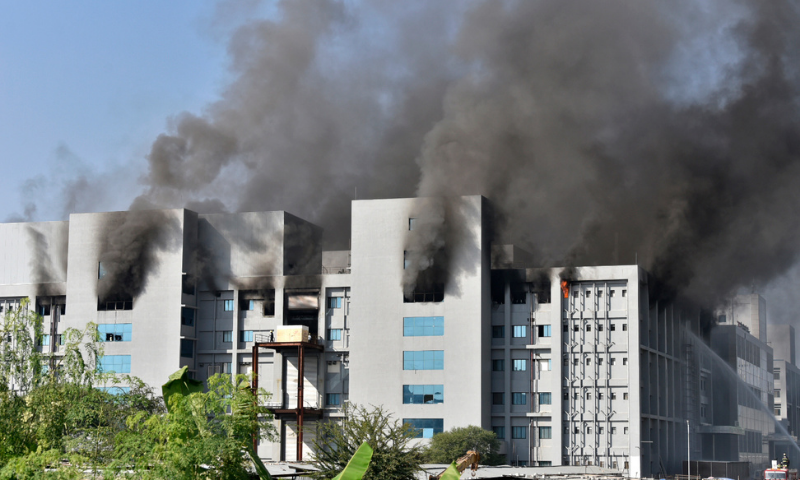![]()
COURTESY BY: https://www.hindustantimes.com/
A colonel-ranked army officer and two soldiers were killed in a violent face-off with People’s Liberation Army soldiers in eastern Ladakh’s Galwan valley late on Monday evening. The deadly border clash, which led to casualties on both sides, took place at one of the four locations in Ladakh where the two armies have been locked in a 40-day standoff.
In a statement earlier in the day, the Chinese foreign ministry and the PLA’s western command had blamed Indian soldiers for triggering the border clash. It had claimed that Indian soldiers had crossed the border, provoked PLA soldiers and attacked them. India’s sharp rebuttal came soon after.
In its first comment on the clash, the external affairs ministry said the violent face-off happened “as a result of an attempt by the Chinese side to unilaterally change the status quo there”.
“Both sides suffered casualties that could have been avoided had the agreement at the higher level been scrupulously followed by the Chinese side,” external affairs ministry spokesperson Anurag Srivastava said in response to queries on the border situation.
Srivastava also underscored that activities of the Indian army were within the Indian side of the Line of Actual Control. “We expect the same of the Chinese side,” he said.
“We remain firmly convinced of the need for the maintenance of peace and tranquillity in the border areas and the resolution of differences through dialogue. At the same time, we are also strongly committed to ensuring India’s sovereignty and territorial integrity,” Srivastava said.
The Indian army had early on Tuesday issued a brief, terse statement on the Galwan valley clash that led to at least three casualties on the Indian side. India said there were casualties on the Chinese side too but did not get into the details. The Chinese side initially didn’t acknowledge any casualties.
But first the Chinese foreign ministry, and later the PLA Western Command’s Colonel Zhang Shuili in separate statements accused India of crossing the LAC and launching, what they described as, “provocative attacks”. This resulted in a fierce physical confrontation between the two sides “that led to casualties”. The People’s Liberation Army statement also appeared to lay claim to the Galwan valley, a move that is being seen as an effort to expand its territory.
Along the LAC, military commanders of the two armies, Major General Abhijit Bapat, commander of the Karu-based HQs 3 Infantry Division and his Chinese counterpart, held talks at the site of the clash to defuse tensions. It is not clear if any progress was made.
The two countries have been in talks for weeks via military and diplomatic channels to end the standoff that started last month after a violent clash between Indian and Chinese natrols on the northern bank of Ladakh’s Pangong Tso lake. Soldiers had then exchanged blows, thrown stones at each other. Scores of soldiers from both sides had been injured in the skirmish involving 250 men.
But the two sides appeared headed to an agreement after senior commanders of the two armies met on 6 June and agreed on a process for such de-escalation. Ground commanders had been holding meetings since then.
The external ministry said New Delhi had expected that this process of de-escalation would unfold smoothly. But the Chinese side departed from the consensus to respect the Line of Actual Control (LAC) in the Galwan Valley.
In Delhi, there were a string of meetings to review the continuing developments in the eastern Ladakh sector. Defence Minister Rajnath Singh.




